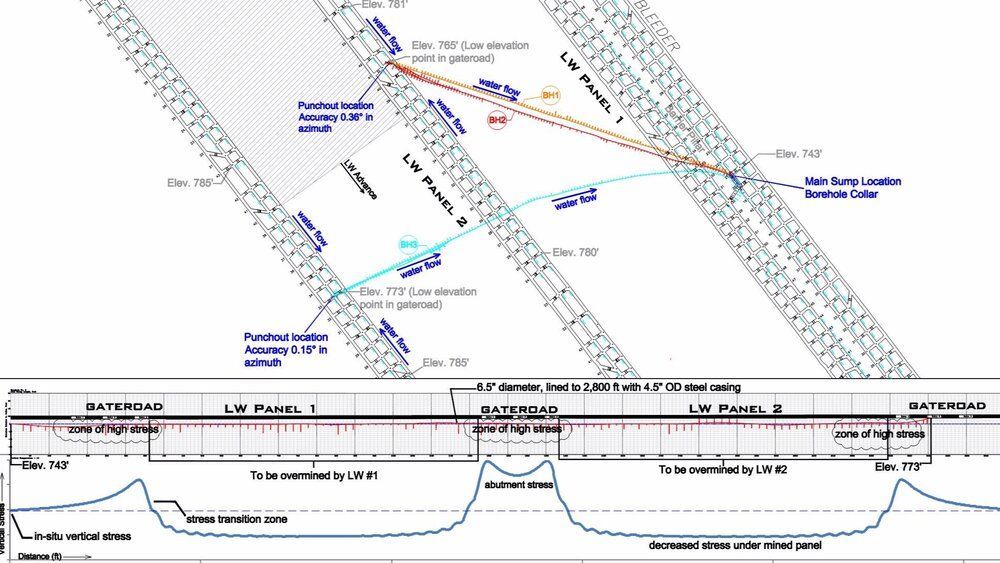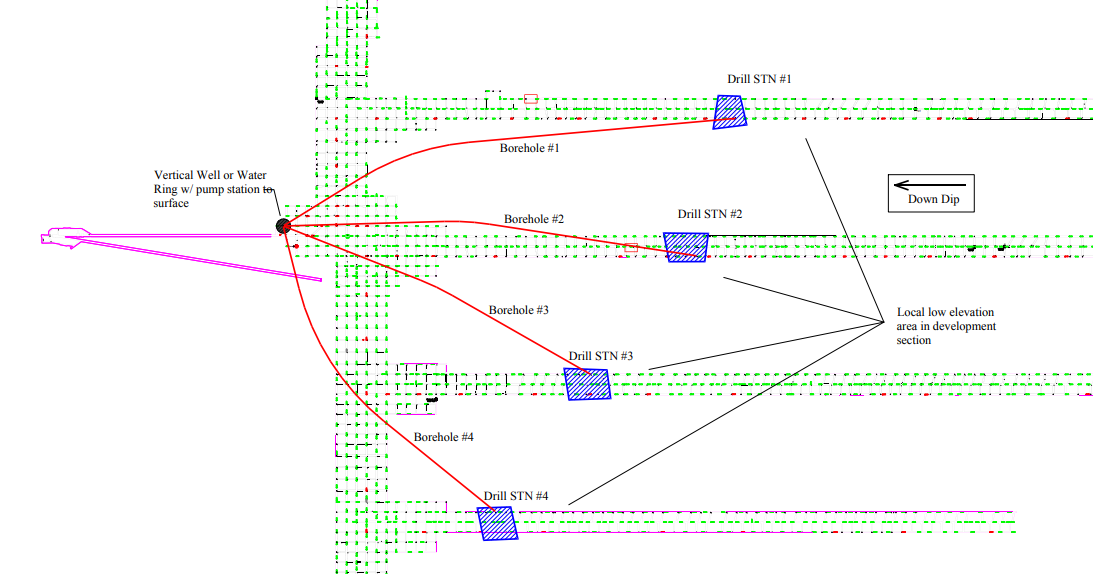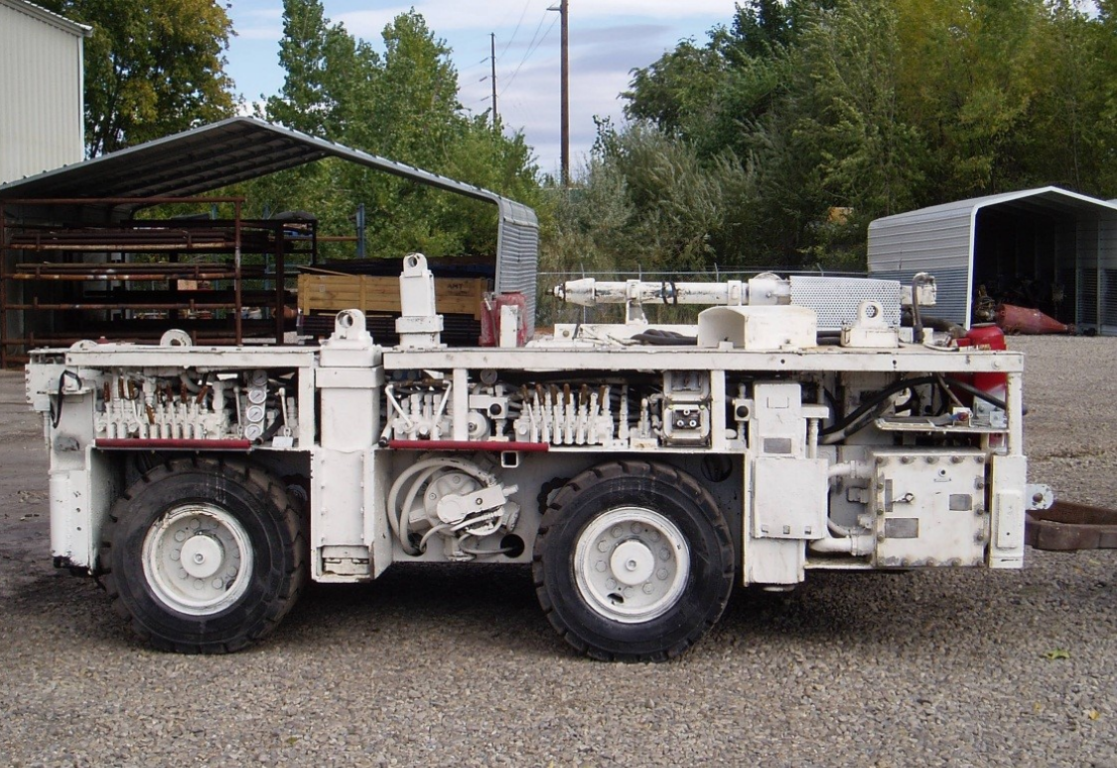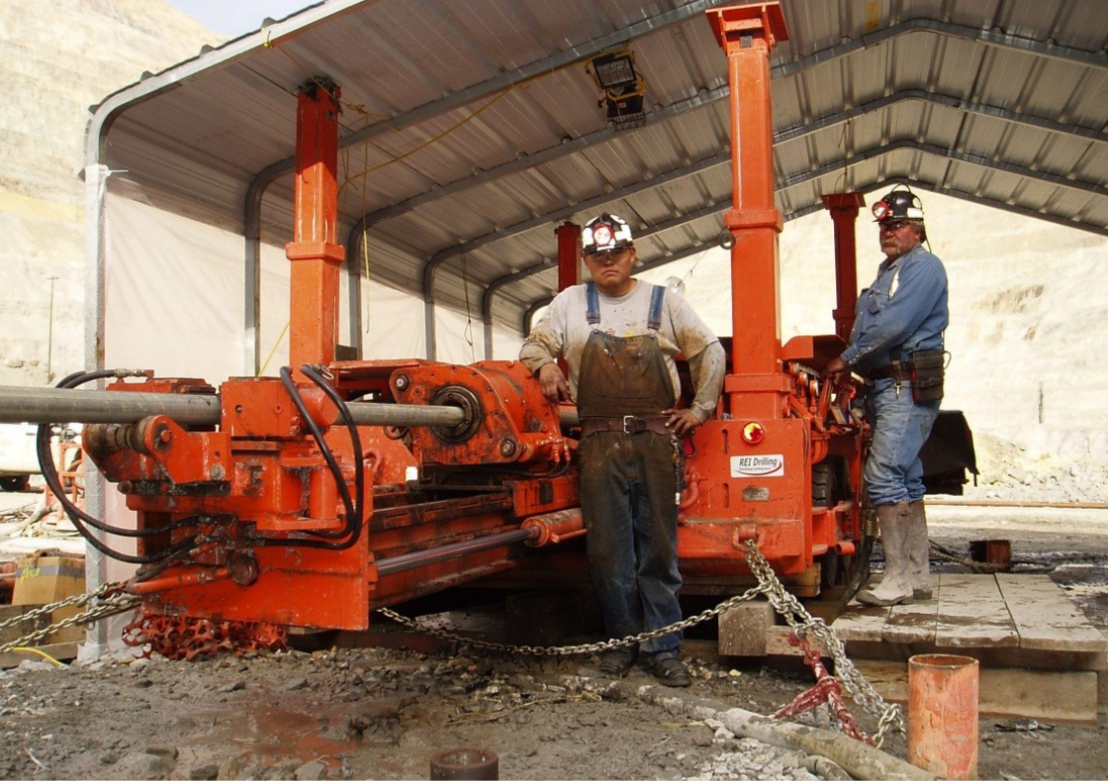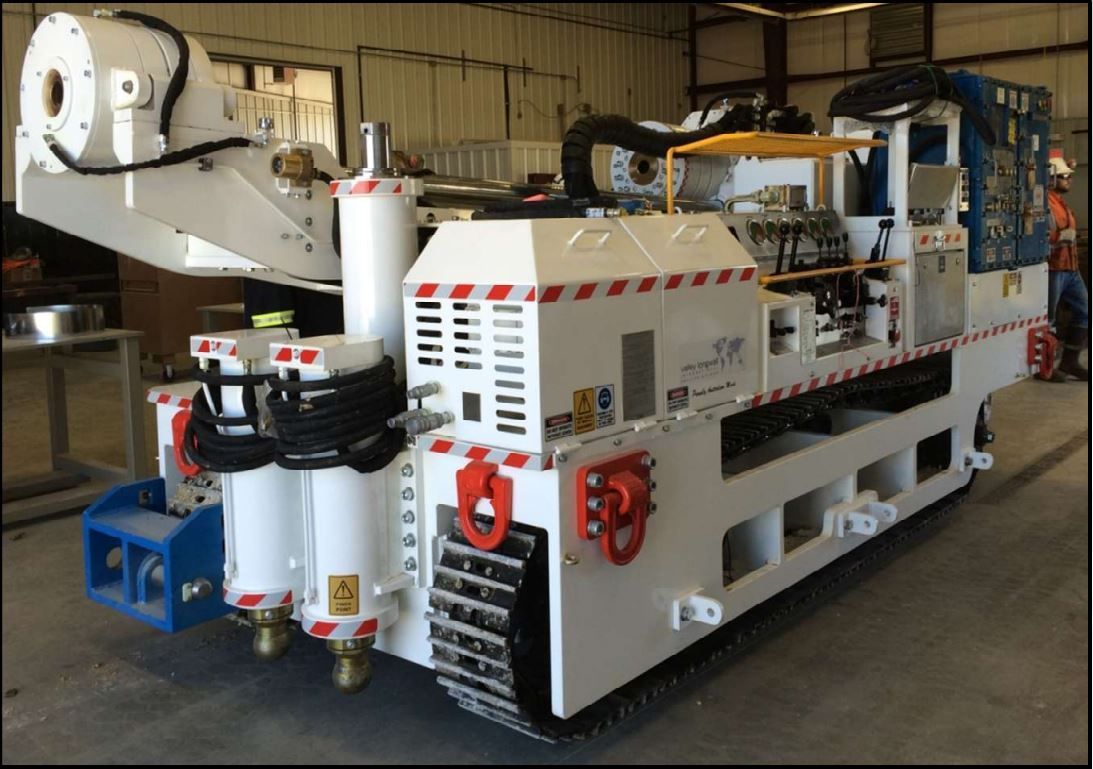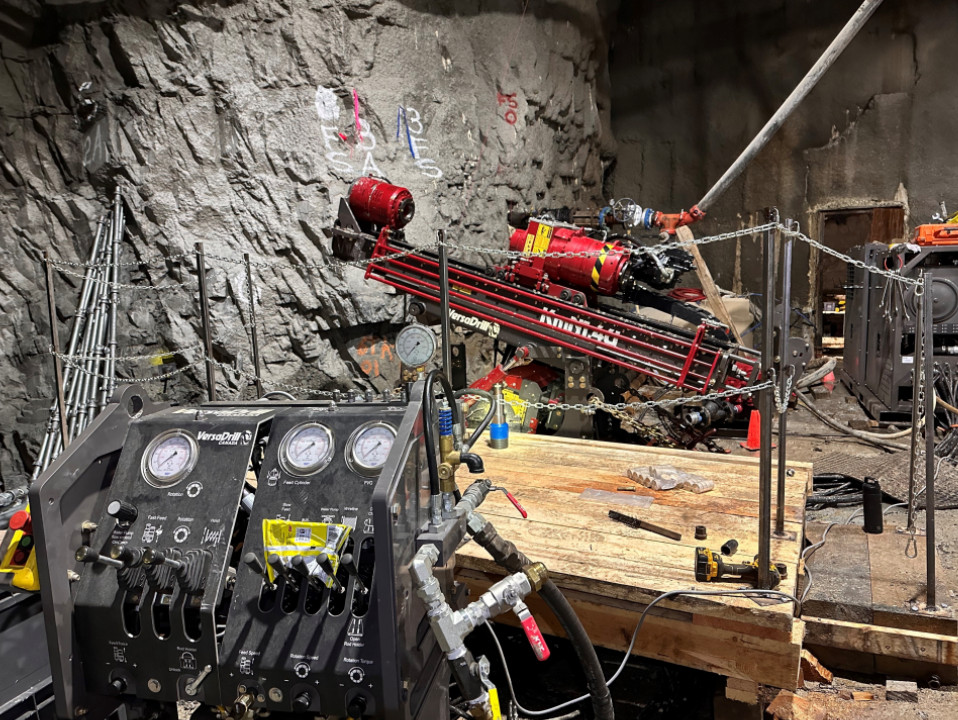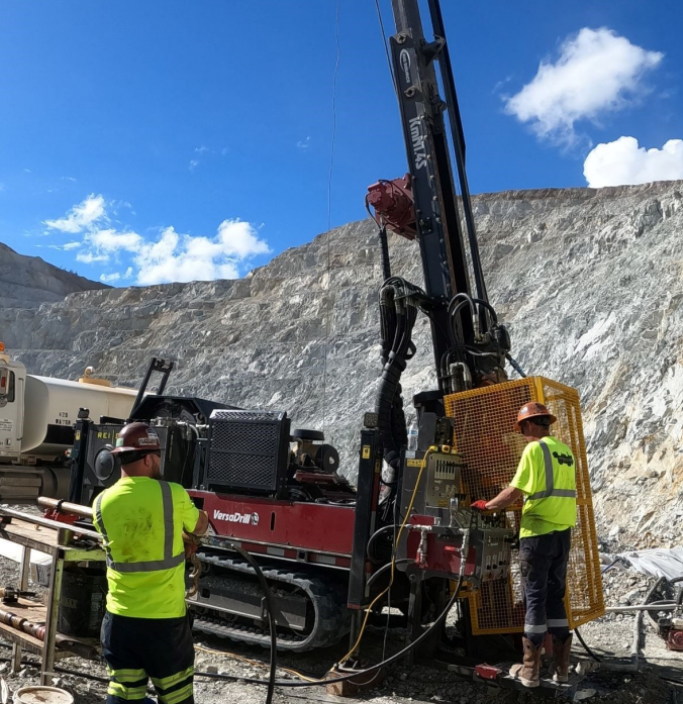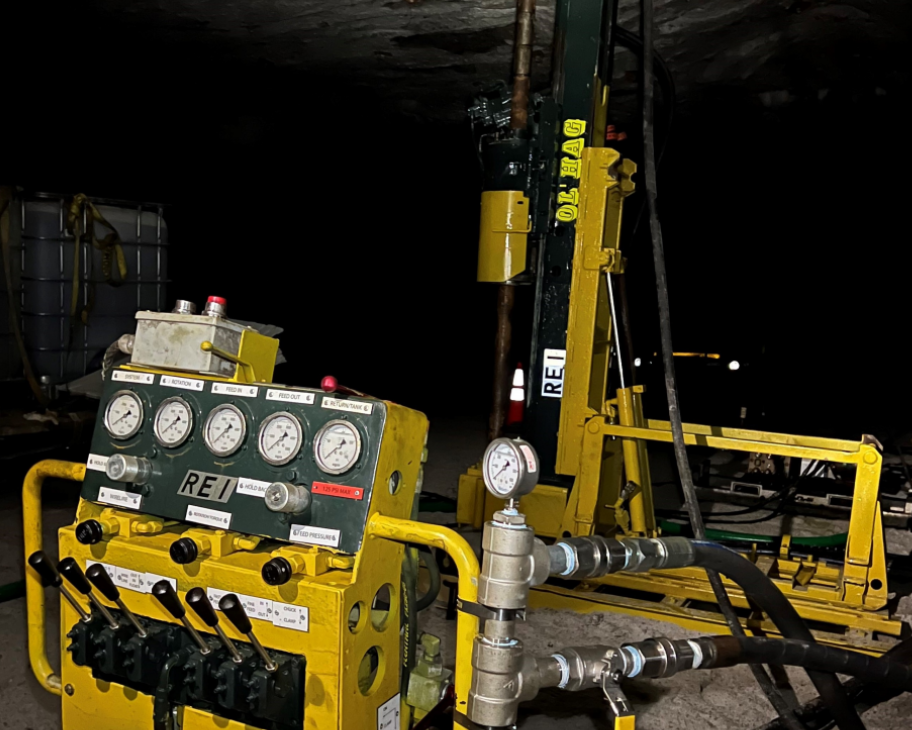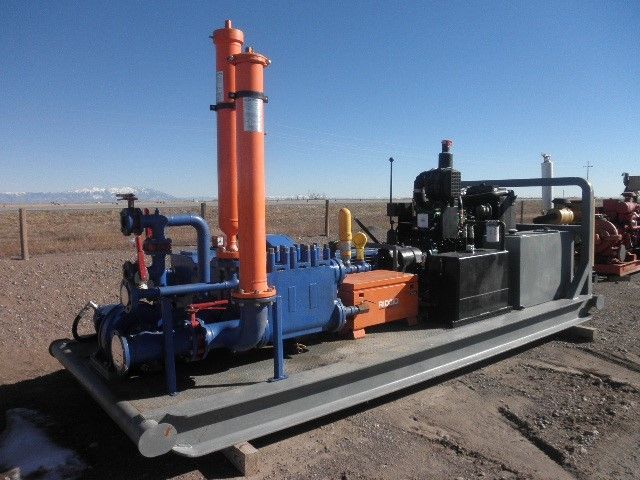Dewatering & Depressurization
Since its inception, REI Drilling has been on the leading edge of directional drilling applications for the mining industry. Our first projects focused on coalbed methane commercialization and degasification, but since those humble beginnings, we have continuously added new approaches and capabilities including geologic exploration, abandoned mine verification, and dewatering. We have used lessons learned from our work in coal to expand into evaporites, metal mining, reclamation, and civil projects, often finding that our unique skillset can open a range of new potential applications for clients. Our approach is the same: talk with the client, determine their needs and what value REI can add, and focus on how to achieve positive results.
Water Transfer for Sump Consolidation
Proactive Dewatering for Underground Mines
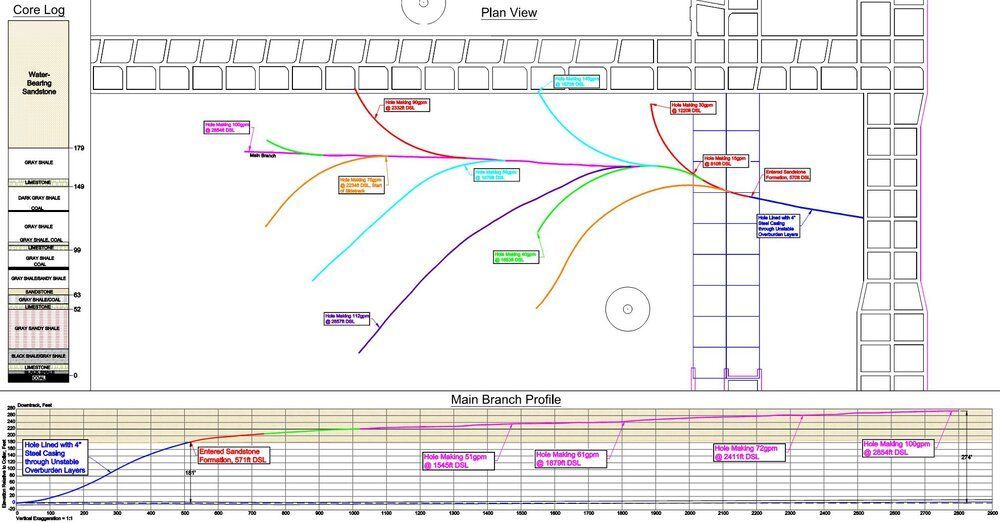 Download Case Studies
Download Case StudiesDirectional drilling has several key advantages over traditional non-directional drilling techniques when dewatering strata in advance of mining. Holes can be maintained within a targeted strata layer or steered to intercept water-bearing features at intentional angles that maximize hydraulic connectivity and drainage. In addition, sidetracking capabilities allow for maximum coverage from fewer borehole collars and setup locations. More novel applications include vertical well intercepts to drain water collected in horizontal laterals to a production well.
Dewatering Overlying Mines
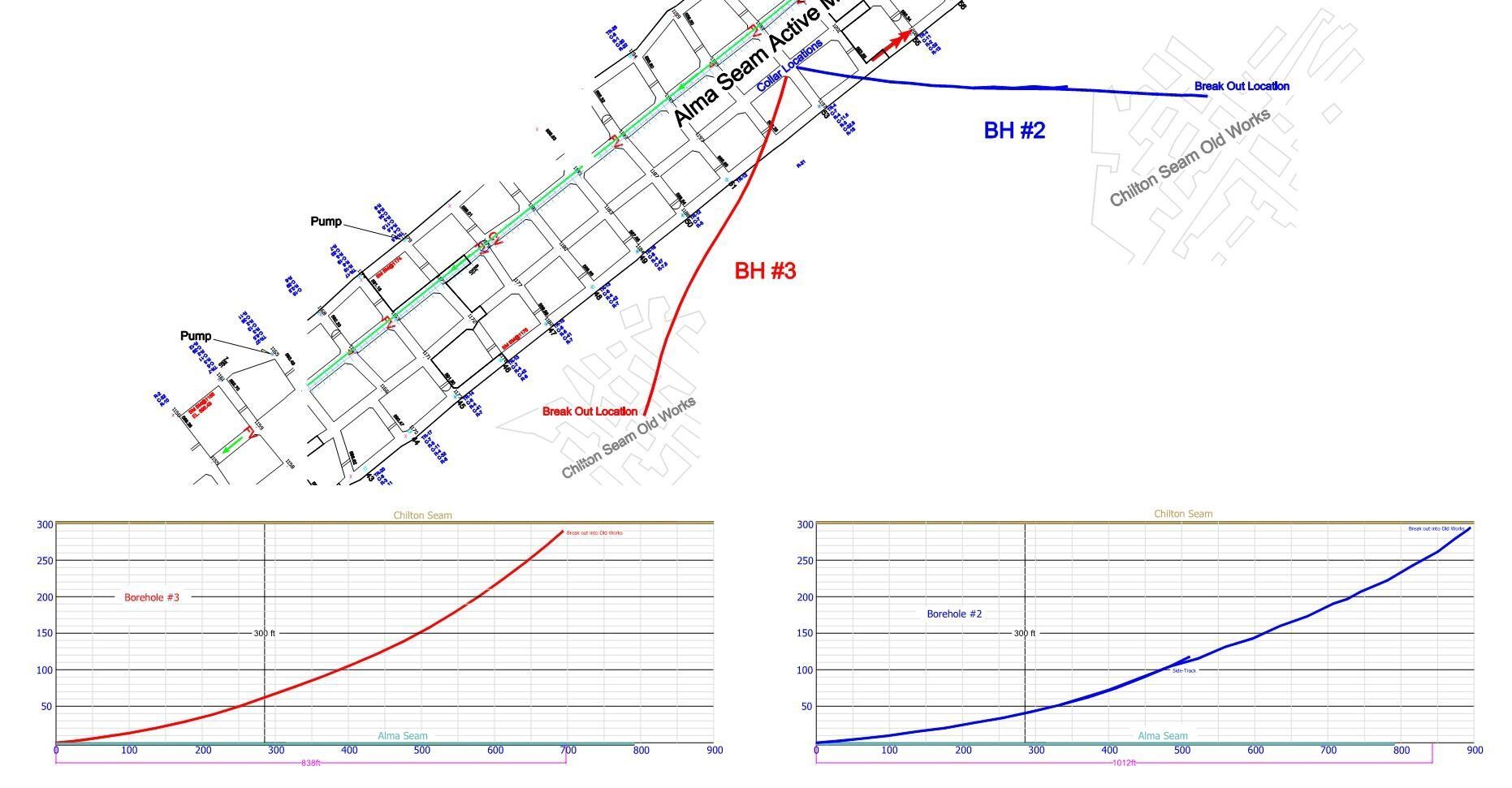 Download Case Studies
Download Case StudiesFor thinner interburden distances, MSHA safety regulations require draining of overlying mine workings prior to undermining. REI takes advantage of directional drilling from underground setup locations to install gravity drain boreholes, utilizing the mine’s existing infrastructure as well as preventing the need for surface drilling permits and developments. REI uses pressure tested casing and contained wellheads, including blowout preventers, to fully control water flows at all times.
Highwall Depressurization
 Download Case Studies
Download Case StudiesDirectional drilling expands traditional highwall depressurization horizontal drilling capabilities by (1) allowing for longer boreholes, (2) steering to intercept water-bearing features at intentional angles that maximize hydraulic connectivity and drainage, and (3) installing sidetracks to increase coverage area. In addition, the increased design capabilities can allow for more alternative drill setup locations in safer highwall areas that are less intrusive of active mining operations. A more novel application includes vertical well intercepts to drain water collected in horizontal laterals to a production well, shifting the burden of water handling to outside the active mining pit and reducing concerns with freezing at the highwall in colder environments.
Groundwater Monitoring and Sensor Installation
Download Case StudiesREI uses directionally steered holes to place your sensors and monitoring equipment in areas where traditional non-directional holes may not be able to reach. With REI’s focus on directional drilling, our team can assist developing an installation plan using steered boreholes. REI is capable of using directional techniques to install groundwater sensors and monitoring equipment, including vibrating wire piezometers, time-domain reflectometry, fiber optics, wireless piezometers, and spatial location sensors.
Grout Curtains
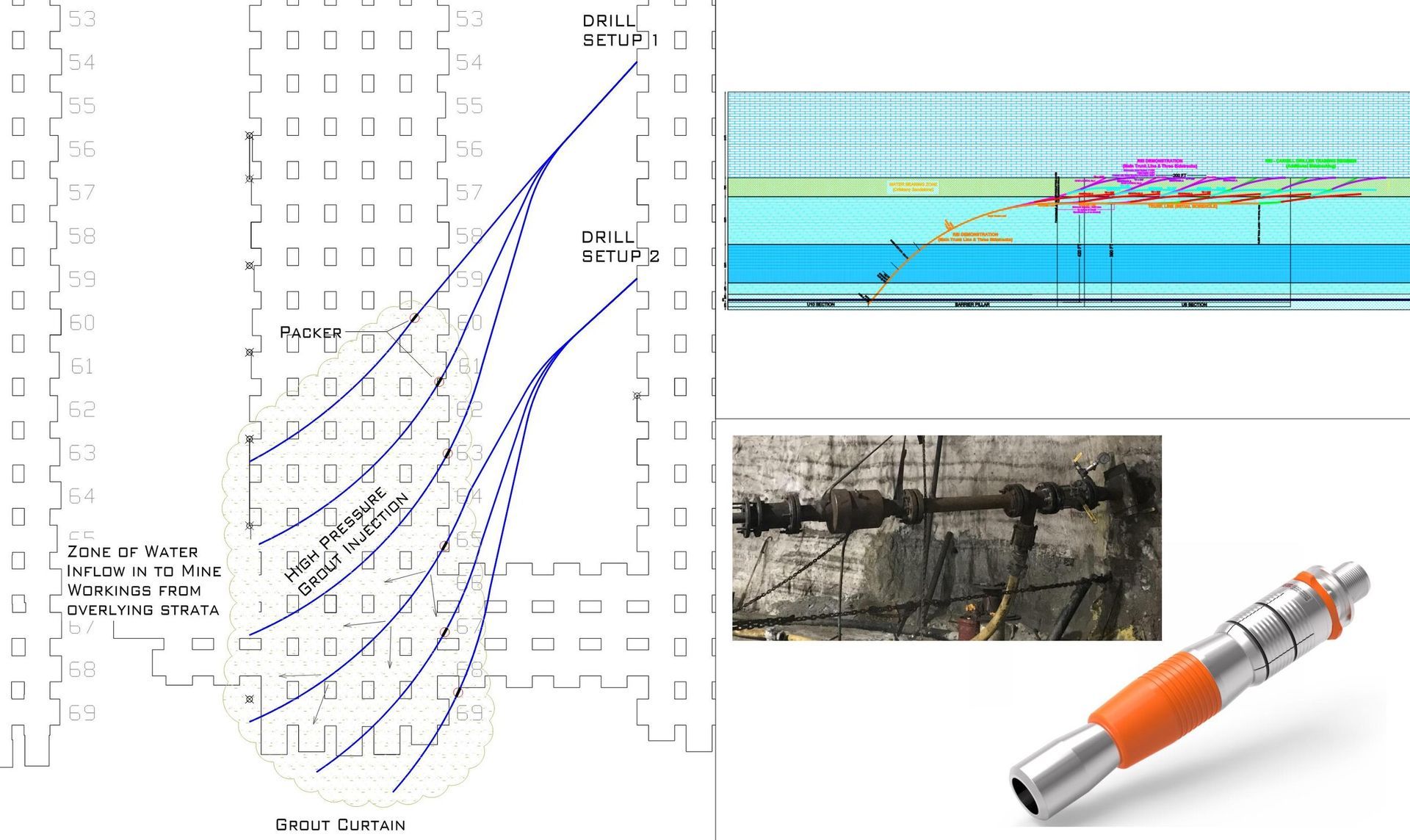 Download Case Studies
Download Case StudiesWith the use of directionally drilled boreholes, REI can install effective grout curtains that shield your workings from high inflows. Boreholes may be placed in overlying or underlying strata, aligned with projected entries or tunnels, or steered to intercept water-bearing features. Single boreholes or multi-lateral boreholes may be developed to maximize coverage area and formation of a grout curtain. High pressure grout pumps are utilized to inject grout into formations through a sealed standpipe or through downhole packers.
Vertical Well Interception
Download Case StudiesDirectional drilling equipment can be used with magnetic ranging to intercept specific targets such as vertical wells. In this example REI drilled 2 parallel SIS boreholes in advance of a future longwall mine for degasification. Both boreholes intercepted the same 6.75 in (171 mm) diameter vertical well. Water production (to reduce reservoir pressure) was performed from the vertical well as well as gas production. In this case both SIS boreholes were drilled over-balanced with minimal drilling fluids (clean water) and gas production from the vertical well reached 353,000 ft^3/day (10,000 m^3/day). This project was performed with one of REI’s underground drills.
Interested in Dewatering & Depressurization services
2 x Fletcher High Thrust Longhole Drills (2-part)
2 x Fletcher High Thrust Longhole Drills (2-part)3 x Fletcher High Thrust Longhole Drills (1-part)
3 x Fletcher High Thrust Longhole Drills (1-part)Acker Big John MPM Drill
Acker Big John MPM Drill2 x VLI 1000 Longhole Drills
2 x VLI 1000 Longhole Drills2 x VLI 3000 Extended Reach Drills
2 x VLI 3000 Extended Reach Drills2 x Versadrill KmN1.4U Underground Drills
2 x Versadrill KmN1.4U Underground Drills1 x Versadrill KmN1.4S Surface Drill
1 x Versadrill KmN1.4S Surface Drill1 x Hagby Onram 1000 Drill
1 x Hagby Onram 1000 DrillJWS-165L Well Service Pump
JWS-165L Well Service PumpDiamec 262-M Low Seam Drill
Diamec 262-M Low Seam DrillLongyear LM-75 Longhole Drill
Longyear LM-75 Longhole Drill
Innovative Directional Drilling Services For The Mining And Civil Industries
